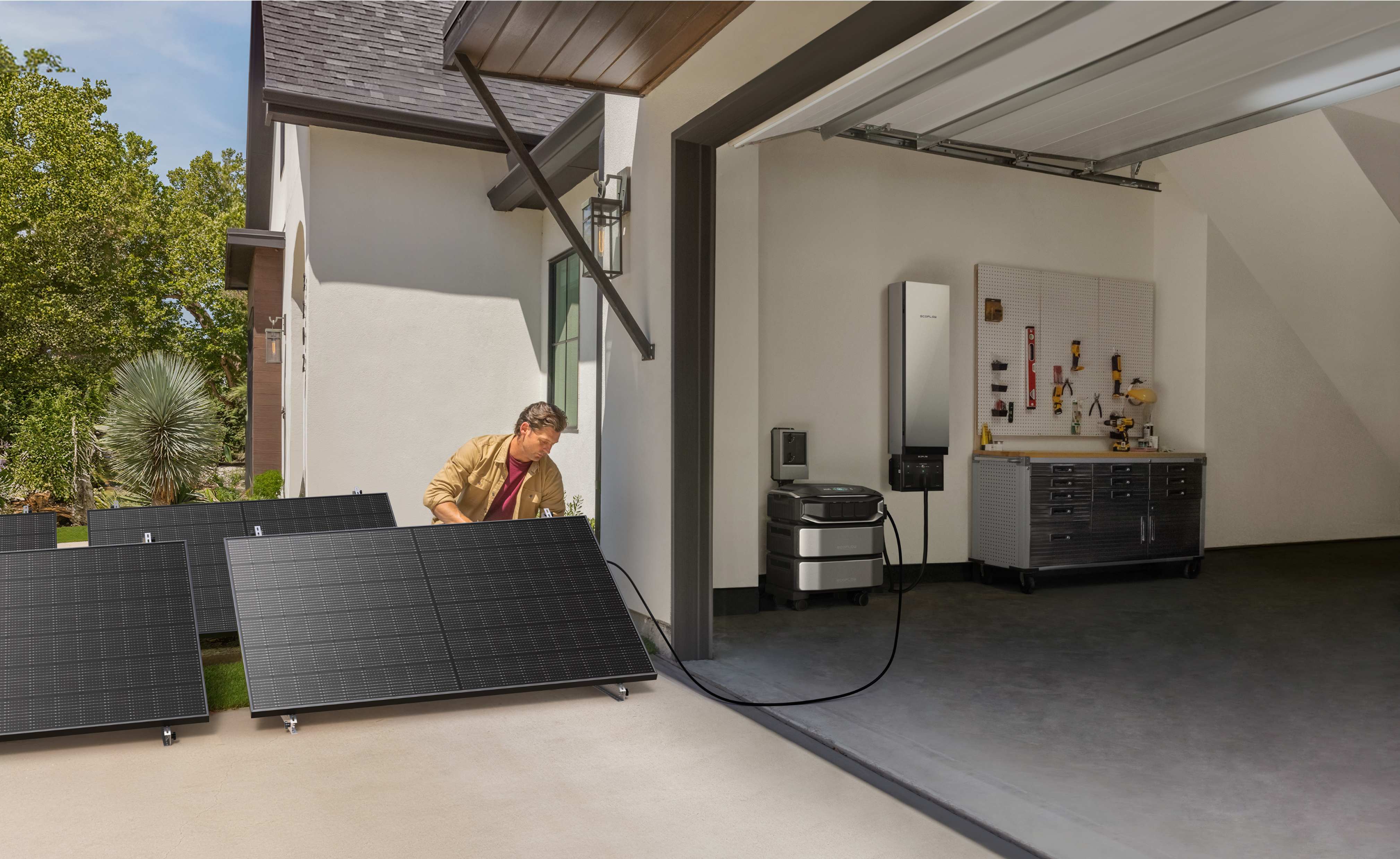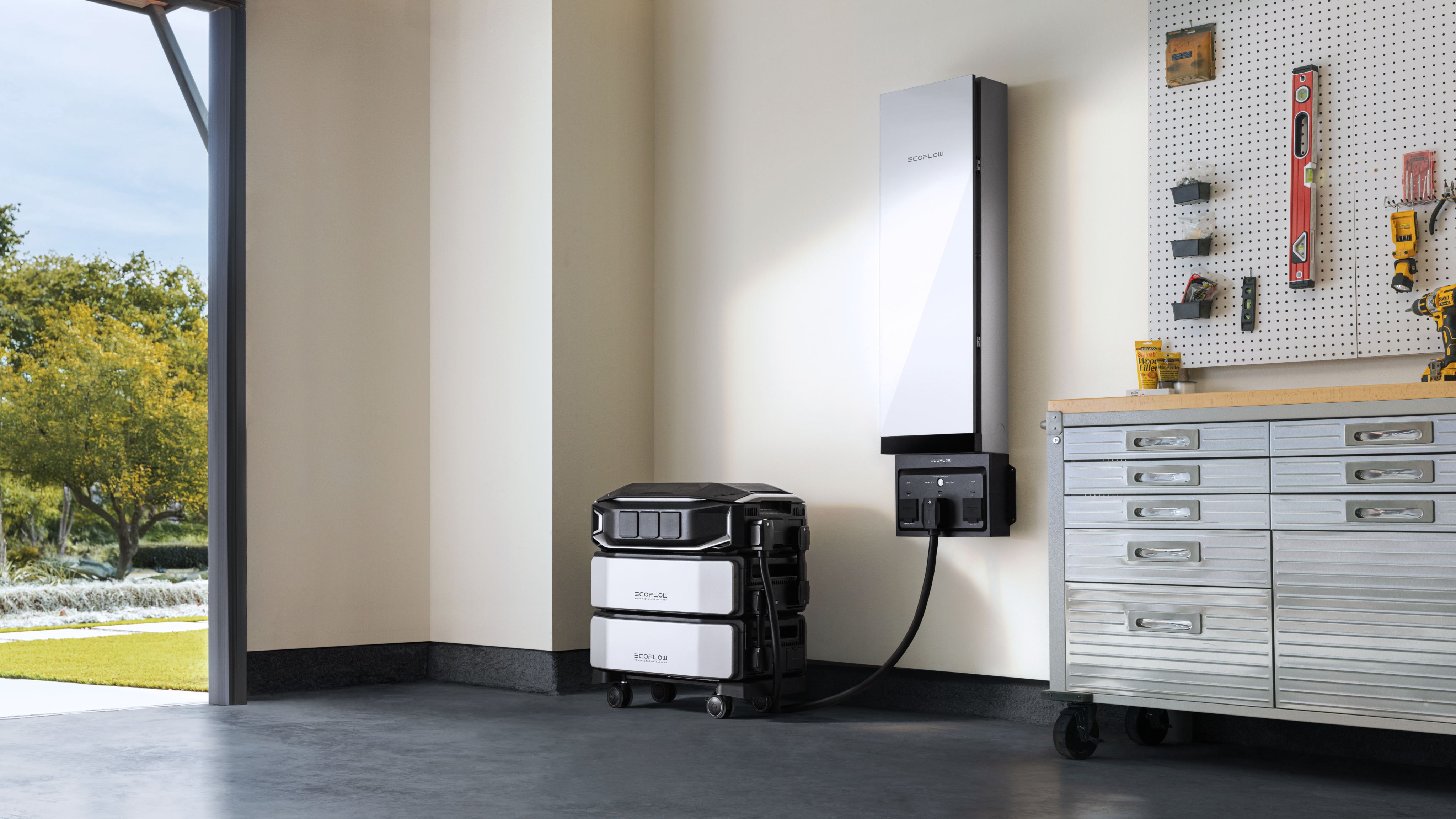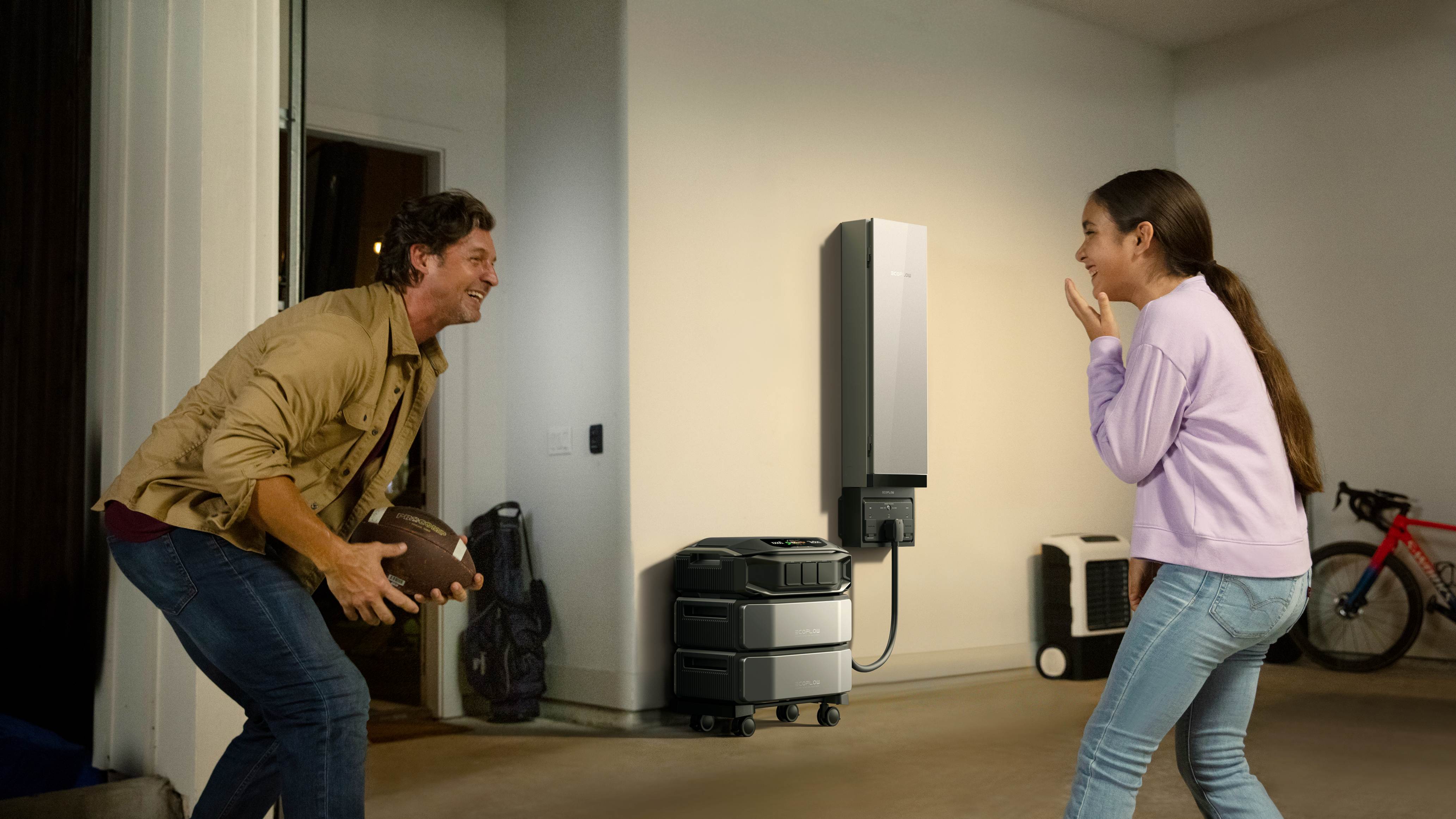Permanent or Temporary? Understanding How Different Panel Installations Work
- What Are Permanent and Temporary Solar Panel Installation Options?
- How Permanent and Temporary Installation Systems for Solar Panels Work
- How to Select the Proper Installation Technique for the Right Solar Panel?
- Which Installation of Solar Panels Is Better with House Batteries?
- Frequently Asked Questions
- Conclusion
Solar panel installation comes in two forms: permanent systems bolted to your roof or ground, and temporary setups you can move. Permanent solar panel installation works for homeowners staying put, while temporary options suit renters or mobile lifestyles. Whether you're adding a house battery change, which path makes sense, let's break down how each type works.
What Are Permanent and Temporary Solar Panel Installation Options?
Understanding the basics helps you avoid costly mistakes. These two approaches to power production treat the subject completely differently.
Significant Features of Permanent Installation
Permanent solar panel installation entails fastening panels to your roof or ground-mounted panels that remain fixed. Such systems hook up to your home electrical panel and frequently intertie with the utility grid. The panels are fastened to the ground with weather-resistant hardware, the wiring goes through your attic or through conduit, and it all gets approved by your local building authority. Most permanent installations remain functional for 25-30 years with minimal maintenance. For whole-home backup from day one, a split-phase battery-inverter system like the EcoFlow DELTA Pro Ultra X (12 kW 120/240 V, expandable) complements nicely with the roof or ground arrays.
Key Characteristics of Temporary Installation
Temporary solar panel installation utilizes transportable panels with foldable stand bases, dismountable ground frames, or mounting bases that do not pierce your roof. RV enthusiasts are fans—drive up, open up your panels, plug it into your battery system, and you're producing energy. The panels are the same, but the whole system is built around coming apart and taking with you.


Key Differences Between Installation Types
Power Output
Permanent: Roof- or ground-mounted arrays can span most of your roof—typically 20–40 panels delivering ~7–15 kW.
Temporary: Usually limited to a few kilowatts, commonly ~1–4 kW (depends on panels and inverter).
Engineering & Wind Ratings
Permanent: Designed to meet local wind-speed codes, typically ~120–140+ mph under ASCE 7 (higher in HVHZ regions).
Temporary: Must be secured or stored during severe weather.
Costs (before incentives)
Permanent: About $18,000–$30,000 for ~6–10 kW (U.S. average ≈$2.5/W).
Temporary: About $500–$5,000.
Incentives
Permanent: Eligible for the 30% federal Residential Clean Energy Credit (plus possible state/local incentives).
Temporary: Typically none.
Property Value Impact
Permanent: Homes with owned solar sold for ~4.1% more on average; median premium ≈$9,000
Temporary: No impact on property value.
Application Scenarios Overview
Permanent is reasonable if you're a homeowner, expect to remain 5-7 years, and desire to end electric bills. Temporary is suitable for tenants, RV users, emergency power, or solar testing to confirm. Weather protection also varies—permanent systems must obey neighborhood building-code wind/snow loads; temporary configurations must be secured or stowed away for extreme weather.
How Permanent and Temporary Installation Systems for Solar Panels Work
These mechanics touch your day-to-day existence, maintenance requirements, and repairs.
Permanent Installation Systems for Roofs and Land
When solar panels are permanently attached to a roof, installers map your roofing system to find rafters. They secure rails with lag bolts that penetrate through the roofing material and anchor into rafters and encapsulate everything with flashing. Panels clip onto the rails. Systems that are ground-mounted are attached to concrete footings or helical piles sunk below ground.
The electric connection extends from the panels to an inverter, which changes DC to AC power. The wiring goes to your main electrical panel. When grid-connected, surplus power goes back to the utility—your meter spins backward. Everything is reviewed by building officials and the utility before energization. Homeowners planning whole-home backup frequently include an intelligent distribution gateway; products such as EcoFlow's DELTA Pro Ultra X interconnect with a Smart Home Panel to direct circuits and achieve rapid switchover when power is lost.
Temporary Portable and Frame Installation Methods
Temporary solar panel installation operates with panels featuring foldable frames or portable stands. Deploy these at your camp or lawn. Panels plug through MC4 connectors—twist, lock. The majority of the systems go to a charge controller initially, managing power to your battery bank. You draw DC power directly from the batteries or through an inverter for AC appliances.
RV installs place panels onto the roof racks with adhesive or with clips without the need for a drill. The wiring runs through existing vents to your system.
Electrical Connections Variation
Permanent systems generate 240-volt power and connect directly to your home power system. Everything operates automatically on solar if it is available. Temporary systems operate 12, 24, or 48 volts and charge batteries. You decide specifically what is going to run on solar or utility power.
Grid-connected permanent systems do not require batteries—surplus goes to the grid. Transient systems practically always require batteries since you're not grid-connected. This is an expense, but it allows power to load during power cuts.
Installation Procedure and Time Requirements
Professional permanent solar power panel installation takes 1-3 days physically, but the whole process spans 2-4 months, including permits, utility agreements, and inspections. Temporary systems? Set up in 1-4 hours. Unpack panels, assemble stands, position facing south, run wires to the charge controller and batteries—you. You're generating power: no permits, no inspections, no waiting. Modular, inverter-plus-battery designs (e.g., EcoFlow DELTA Pro Ultra X with Smart Home Panel integration) can streamline the permanent install and keep future expansion simple without roof rework.


How to Select the Proper Installation Technique for the Right Solar Panel?
Picking the wrong costs money and headaches. Here's how to decide systematically.
Top Use Cases for Permanent Installation
Go permanent if you're a homeowner and sticking around 5-7 years—break-even point. Go permanently if your monthly electric bill is over $150 for a quick payback. Makes sense when looking at resale value—buyers pay a premium for owned solar. Permanent installation shines if you want real power—powering central AC, electric heat, or daily charging an EV.
Recommended Use Cases for Temporary Installation
Choose temporary solar panels installation if you rent or live in an HOA that won't approve permanent panels. You need temporary if you move frequently—military families, travel nurses benefit from portable power. RV and van life obviously require temporary solutions. Budget constraints push people toward temporary, too—that $500-$2,000 entry point beats $20,000+ for permanent.
Major Decision Drivers and Appraisal
Compare the time spent at your site with the system payback. Payback for permanent solar system installation is generally ~8–9 years, average, overall, nationally (state-dependent, with utility rate and incentives). Less than 5 years remaining? Temporary or waiting is reasonable. Local utility rates and net metering— are your rates very high? Favor permanent installation.
Assess energy requirements realistically. The typical U.S. household consumes ~899 kWh/month (2022 EIA); above 1,000 kWh per month, transient not likely can sustain; below 500 kWh, transient potentially can meet most requirements.
Budget and Return on Investment Considerations
Initial cost is higher with permanent systems, but the resulting long-term economics are stronger. With an average 2025 U.S. residential price per kilowatt hour of around ~$0.16/kWh, a 7-kilowatt system to offset average usage can net dramatic monthly dollars; the details depend on your usage and rates. Payback periods of ~6–10 years are standard, with the 25-year (long-term) savings accumulating thereafter. Winter seasonal systems run up and down the average bill; transportable configurations with low four-figure initial costs can return the money within a few years, pending usage and rates.
Tax incentives significantly help permanent residents. The federal residential clean energy credit is 30% through 2032 (phasing down thereafter); some states also offer other incentives, state-dependent. A $24,000 permanent system would likely earn significantly less with credits, lowering payback.


Which Installation of Solar Panels Is Better with House Batteries?
Integration with the battery alters your solar usage. The type of installation determines what is feasible.
Benefits of Permanent Installation Battery Integration
Permanent solar panel installation with home batteries is the definition of energy self-sufficiency. Power is generated during the day, energy is stored for excess, and power is provided to your home at night or when the power is down. Current systems, including Tesla Powerwall, integrate beautifully. The solar inverter and battery interact automatically to determine when to store, consume, or feed back power. When 120/240 V whole-home coverage, including large loads like heat pumps, is needed, an all-in-one system like the EcoFlow DELTA Pro Ultra X (12 kW split-phase, expandable storage, and generator integration) is required to transition from hour to multi-day backup.
This allows time-of-use optimization. When utilities cost more at peak, your system runs the batteries then. Some users net an extra 30-40% above solar only.
Temporary Installation Battery Compatibility Issues
Temporary solar panel installation is feasible with batteries, but the installation is unwieldy. You're building an off-grid system at home—panels, charge controller, bank, and inverter all need to be the same voltage. The majority of temp users run 12-volt or 24-volt systems, so the only battery option is RV-style batteries that are $300-$1,500 each. The main drawback: temp solar rarely generates enough excess to be worth batteries.
Why Permanent Systems are Best for Energy Storage
Permanent systems increase at a linear rate with storage. Professionally installed solar panels with batteries involve connecting an extra piece of equipment. Permanent systems inherit the advantage of superior battery tech—high-voltage lithium batteries (200-400 volts) that are more efficient. Professional batteries include fine controls that prevent overheating and overcharging.
For a single-system solution that can power higher-density 240 V loads and grow capacity with the passage of time, consider EcoFlow's DELTA Pro Ultra X—a built-in inverter-battery solution for circuit-level intelligent control with Smart Home Panel.
Frequently Asked Questions
Q1. What Happens to My Permanent Solar Panels If I Sell My House Before the Payback Period Ends?
Solar panels increase your home's resale value and appeal to buyers, often recovering your investment even if you sell early. Zillow’s analysis found a ~4.1% average premium for homes with owned solar nationwide (market-specific results vary). However, leased systems require transferring the lease agreement to buyers, which can complicate sales. The tax credits you received don't need repaying if you sell, making owned systems more advantageous than leases when moving unexpectedly.
Q2. Can I Mix Permanent and Temporary Solar Panels on the Same Property for Different Purposes?
Yes, this hybrid approach works well for specific situations. You might have permanent panels on your roof powering your house while using temporary panels for a detached garage or workshop. The systems operate independently—your permanent installation connects to your main electrical panel and grid, while temporary panels charge batteries for off-grid applications. Installing everything permanently typically costs less per watt, but the hybrid approach provides flexibility if you have distinct use cases.
Q3. How Does Extreme Weather Affect Permanent Versus Temporary Solar Panel Installation Differently?
Permanent installations are designed to meet local structural codes (ASCE 7/IBC), including region-specific wind and snow loads; the mounting hardware anchors to structural rafters, creating strong attachments. Temporary systems face different challenges. You must secure or store them during storms, or they'll blow away. Cold weather can noticeably reduce usable battery capacity, and snow accumulation on temporary panels requires manual clearing.
Conclusion
Your housing situation points you toward permanent or temporary solar panel installation. Own your home and staying put? Go permanent with house batteries for maximum savings. Renting or moving? Temporary gives you clean power without commitments. Get quotes from local installers for permanent systems, or grab a portable setup and begin generating power today.
Ready for whole-home backup? Consider EcoFlow’s DELTA Pro Ultra X to pair with your chosen installation path—robust 120/240 V output, scalable storage, and smart home integration for reliable power in any season.